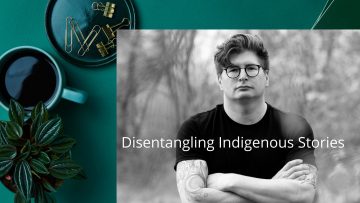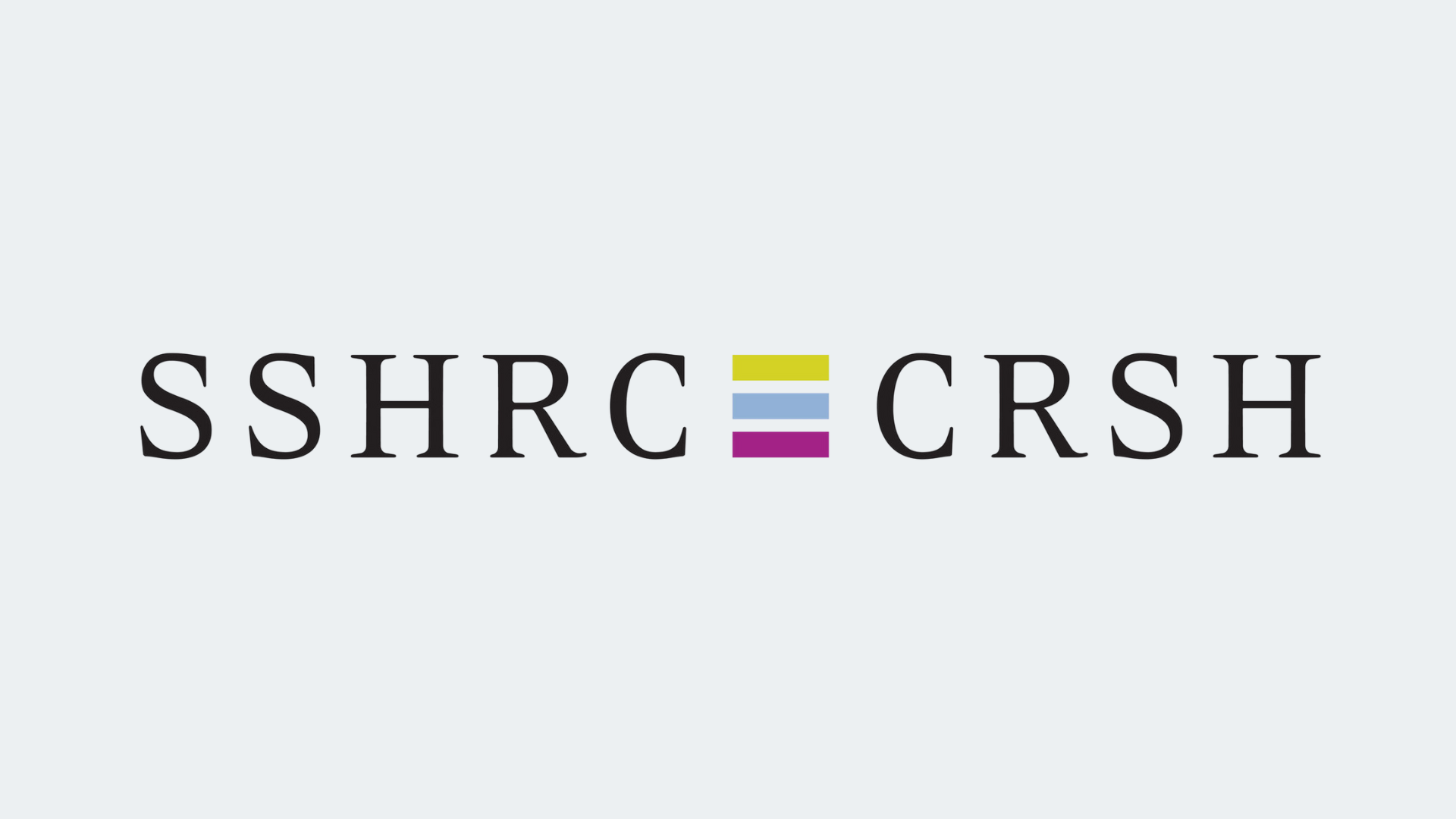Wrestling with questions of urban Indigeneity, an Assistant Professor of English asks, “What does it mean to be here?”


Professor Dallas Hunt is interested in Indigenous literature, politics, and theory and the ways in which Indigenous stories disentangle popular tropes that circulate in settler cinema and television shows about Indigenous peoples.
Hunt looks at urban Indigeneity: how Indigenous peoples and urban environments intersect and the ways in which Indigenous peoples are regulated in physical spaces.
“I look at settler colonial power structures and the potential Indigenous story and theory and how they engage with, counter, and problematize the everyday narratives that are given to non-Indigenous peoples. I am trying to trouble the ways in which people look at Indigenous peoples in urban environments,” says Hunt.
Hunt, who is Cree and a member of Wapsewsipi (Swan River First Nation), lived in his community when he was younger. He later moved to Edmonton, and then Vancouver.
He speaks to how he has had to reconcile with urban Indigeneity in his own life:
“What does it mean to be an Indigenous person in an urban environment? What does it mean to be here? What are the laws I bring into these spaces and obligations I have to the Musqueam peoples? How do I operate in this environment?”
Hunt believes these questions lead to conversations that need to happen.
“I’m interested in notions of how Indigenous communities are framed as incongruent with cities and urban environments. This has massive ramifications on how we’re collectively viewed.”
When asked why it is important to study the histories of settler colonialism in Canada, Hunt says there are two answers.
The first answer is a theoretical answer, in which the history of the settler colonialism is a structure, rather than an event.
“There’s this common perception that, at one point in time, a group of non-Indigenous settlers moved in and settled this ONE time. That’s the narrative that is perpetuated, but if we think of settler colonialism as a structure, rather than as an event, it will radically re-order things on the geographies that we currently inhabit,” says Hunt.
Settlers come to stay, and they have inherited histories and complicated politics, continues Hunt.
“Knowing the history places you in a situation of a kind of an inheritance,” he says. “But it’s not enough to converse and engage with that inheritance. You also need to act upon it.
“Many times, it’s easy to recognize and acknowledge how forms of colonialsim inform structures and the lands we occupy. That said,” says Hunt, “we should be taking land acknowledgments a step further and looking at how to work with Indigenous peoples through their struggles in whatever form that might take. It’s really not just about a speech act that allows one to acknowledge that ‘I’m on Musqueam Territory,’ and never think about it again. Instead, think about it, try to do the research and necessary conversational work to move beyond the acknowldgement and ask, ‘How do I help?’”
The second part, Hunt states, is the notion of inheritance as a shared history:
“In no way did Indigenous peoples put themselves in these positions,” says Hunt. “These are shared histories. It’s important to know your history. If these are shared histories, then we should take them seriously and be able to engage with them in ethical and political ways that help us to be together with one another in a good way – if that is possible.”
Another aspect of Indigenous stories that Hunt looks at is possible futures of Indigenous peoples, and what that might look like. The question of what the future may look like for Indigenous peoples has broader implications for society:
“How things look in the future allows us to see our horizons as we move forward through light, space, and time.”


